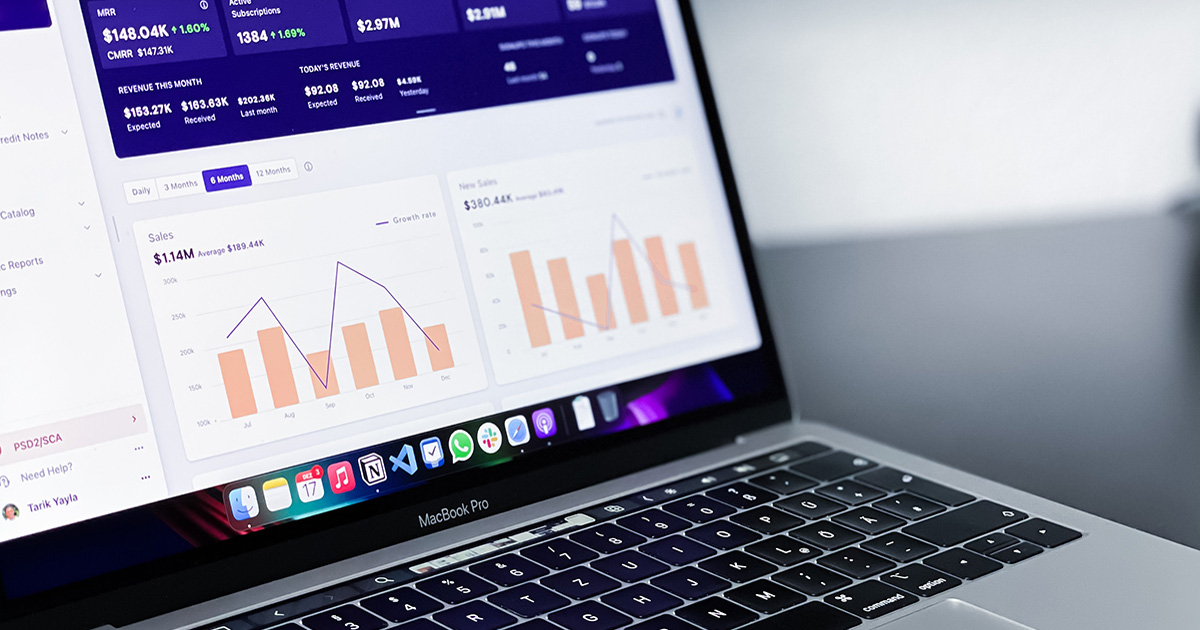It's no secret that digital marketing is a powerful tool for businesses of all sizes. When done correctly, digital marketing can help you reach a wider audience and generate more leads. But not all digital marketing is created equal. There are two main types of digital marketing: organic and paid.
Organic digital marketing is any effort you make to market your business without paying for it. This can include things like SEO, social media and content marketing. Paid digital marketing is when you pay for advertisements or sponsorships.
What type of digital marketing is right for your business? This is something you will have to decide for yourself. But we're here to help you understand the difference between organic traffic and paid traffic so you can make the best decision possible.

What is Digital Marketing?
Digital marketing is all communication done through digital channels. This means you can use the internet, mobile devices and even social media to promote your products and services.
It is an increasingly important strategy for companies, as it allows them to reach a much larger audience than is traditional. Furthermore, online campaigns cost much less than offline campaigns.
The different types of traffic for Digital Marketing
Imagine you are a business owner who is just starting to explore digital marketing. You've heard a lot about organic and paid traffic, but you're not sure what the difference is.
Paid traffic is when you pay for ads that will direct people to your website. This can be done through social media, search engines or other online platforms. Organic traffic, on the other hand, is when people find your website through search engines like Google or Yahoo!
So which is best? This is a difficult question to answer as it depends on your goals and budget. Paid traffic can be more targeted and effective, but it can also be more expensive. And organic traffic can be less reliable since you can't always control where people are coming from.
The best thing to do is to try both types of traffic and see which one works best for your business.
Organic traffic vs paid traffic
Paid and organic traffic are two different strategies for attracting visitors to a website. Paid traffic is generated through advertising campaigns, such as ads on Google AdWords or Facebook Ads. Organic traffic is generated through natural search results, such as search engine optimization (SEO).
One SEO agency in João Pessoa can help improve a website's organic traffic through SEO techniques such as content optimization and link building. While paid traffic can be a quick way to attract visitors, organic traffic tends to be more lasting and cost-effective in the long run.
Measuring Paid and Organic Visibility
One of the main advantages of using digital advertising is that you can easily measure the results you get. It’s important to measure visibility to understand and improve your business performance. Measuring viewability lets you know how much organic traffic and paid traffic are being generated and how they are behaving.
You can use some tools like Google Analytics to check the number of unique visitors, session duration, bounce rate and other useful data to understand your audience's behavior towards your brand. Analytics tools can also show you if there have been changes in conversion rates based on the keywords you used to generate organic traffic versus other paid sources. These insights allow you to make better decisions about digital marketing efforts in the future.
Benefits and harms of organic traffic vs paid traffic
As usual, there are advantages and disadvantages to any digital marketing strategy. When it comes to paid traffic, investment in search engines and social media is necessary to generate quick results. This usually requires a lot of time and money to be successful in the long run.
On the other hand, organic traffic is more rewarding in the long run as it does not require a capital investment to get results. However, building a strong online presence takes some time and effort before users see results. Additionally, any change to the particular search engine's rules could have a negative impact on organic results.
Organic and paid traffic monitoring and optimization strategies
Monitoring your web page traffic is an important part of any digital marketing strategy. This gives you the opportunity to identify the different sources and sources of traffic, as well as the types of traffic, so you can determine the effectiveness of your digital plan.
To do this, you need access to analytics tools to monitor your organic and paid traffic. These tools allow you to better understand the path each user took to reach your web page and also allow you to evaluate partial results to gain insights into your strategies. Once you have access to information about traffic sources, you can make informed decisions about where to invest more resources next time.
Conclusion
After all, it is important to remember that organic traffic and paid traffic have their advantages and disadvantages. Ultimately, it's up to you to decide what type of traffic works best for your business and your budget. Thanks for reading!
